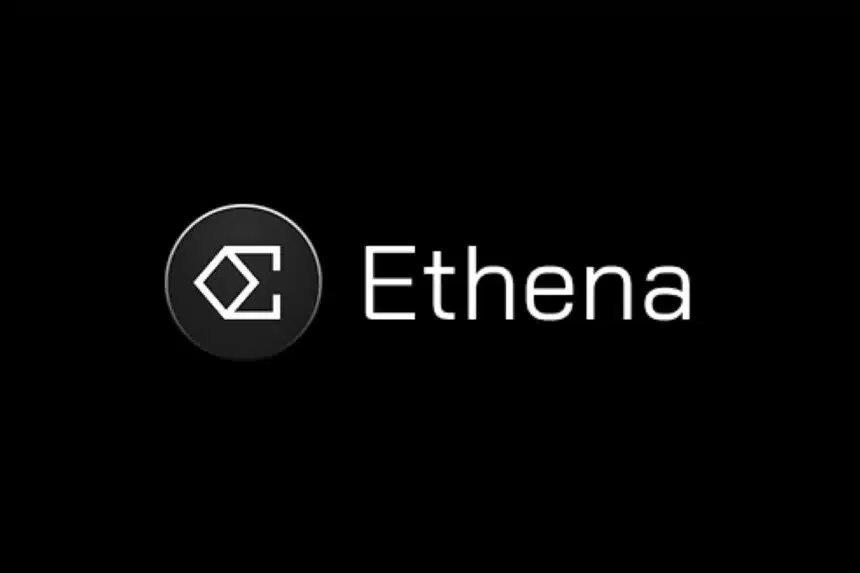|
Getting your Trinity Audio player ready...
|
- Should You Stake USDe for 37% APY? Ethena Labs, Cash-and-Carry Trades, and the Future of Stablecoins
Ethena Labs’ new stablecoin, USDe, has been a hot topic in the crypto world since its February launch. The controversy? Its resemblance to the ill-fated TerraUSD (UST) project that crashed in 2021.
USDe offers a tempting annualized yield of 37% for staking, which has skyrocketed the protocol’s total value locked (TVL) from $178 million to a staggering $2.3 billion in just two months. But high yields often come with high risks, and some fear USDe could follow Terra’s path to disaster.

Unlike traditional stablecoins pegged to real-world assets like the US dollar, USDe is a synthetic stablecoin. It maintains its $1 value through a complex financial strategy called the cash-and-carry trade. This involves buying an asset and simultaneously shorting a derivative of the same asset to profit from the funding rate. While this strategy is common in traditional finance, some experts worry about potential issues with exchange management and execution, especially when dealing with large sums in volatile markets.
Also Read: Ethena USDe Now Earns Yields Directly Major Exchanges, Binance, Bybit, and More!
Here’s how Ethena works:
Users deposit established stablecoins like USDT or USDC to mint USDe. They can then stake their minted USDe to earn the lucrative yield. Ethena utilizes the cash-and-carry trade on Bitcoin (BTC) and Ethereum (ETH) perpetuals to generate this yield. However, a downturn in the crypto market could flip funding rates negative, potentially drying up Ethena’s yield source.
Despite these concerns, some crypto whales seem confident. Recently, large investors withdrew millions of Ethena’s governance token (ENA) from exchanges and locked them on the platform for the yield. Industry experts acknowledge the legitimacy of the cash-and-carry strategy, but warn of increased risk compared to replicating it independently.
The shadow of Terra still looms large. TerraUSD (UST) was an algorithmic stablecoin whose value plummeted in a death spiral triggered by aggressive selling and a decline in its collateral token, LUNA. Ethena Labs founder Guy Young emphasizes the key difference: USDe is fully backed by collateralized assets, unlike UST’s reliance on a volatile token.
Young acknowledges the potential impact of a bear market on USDe’s supply but views it as a natural market response. He suggests Ethena might adapt its yield generation strategy to harsher market conditions.
Only time will tell if Ethena’s high-yield strategy is sustainable. Whether it’s a revolutionary innovation or a risky echo of the past remains to be seen.




